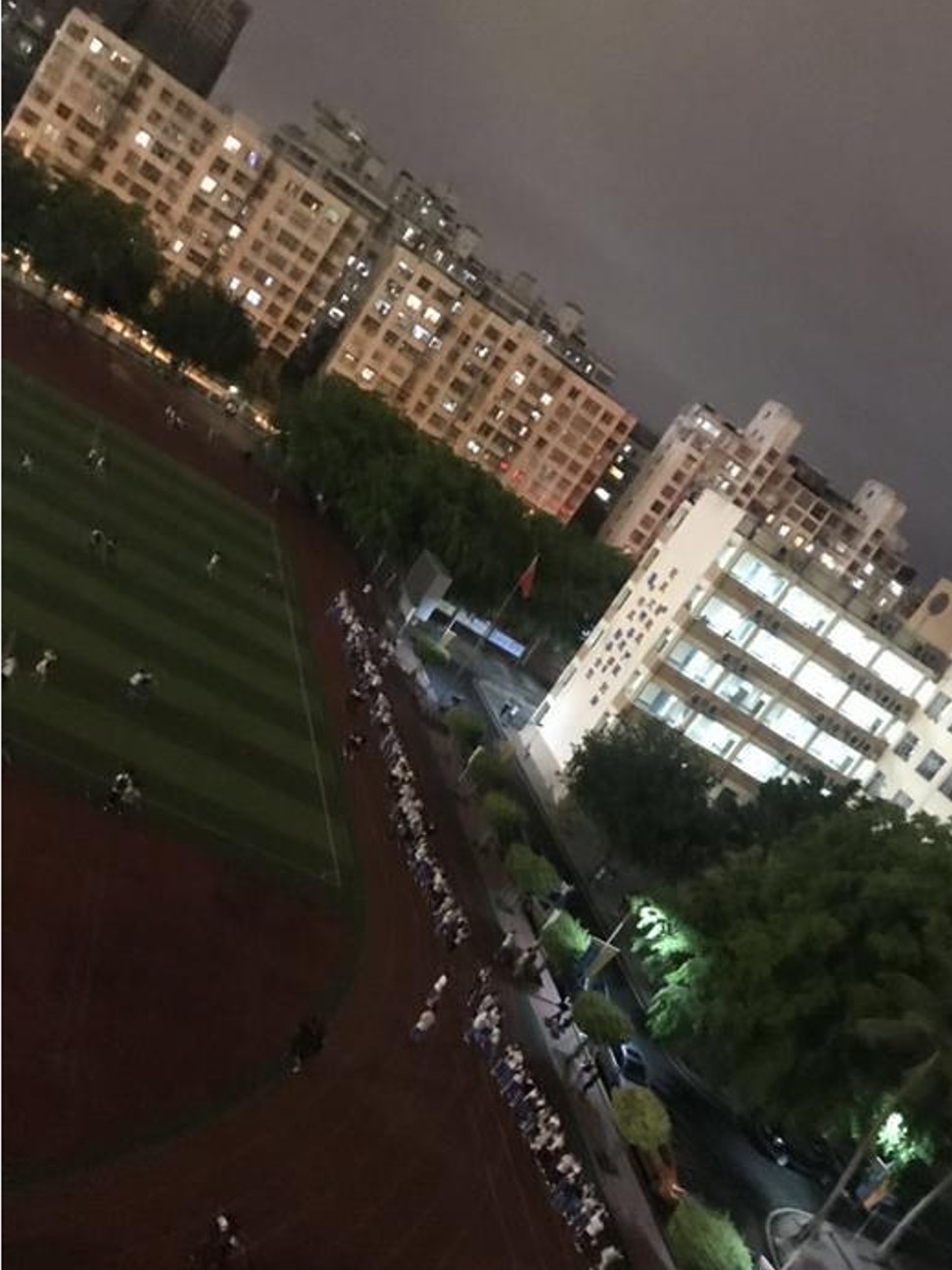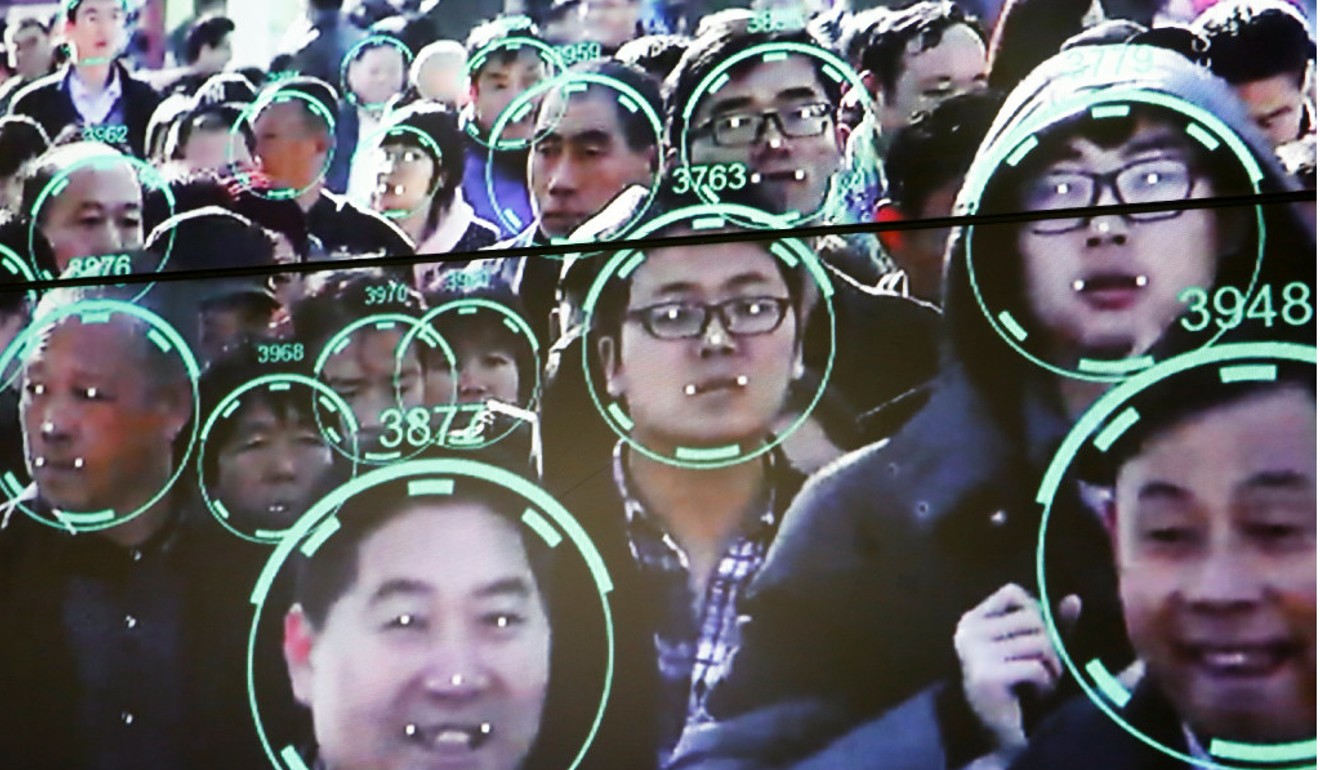
Chinese school stops using facial recognition gates at peak times after complaints about queues
- Middle school on tropical Hainan Island is the latest to use the technology, which it says will ‘make it safer for pupils to enter and leave campus’
- But students say it doesn’t always recognise faces and they have long waits to go through the system at the entrances to two huge dormitories

A school in southern China has stopped using newly installed facial recognition gates during peak times after students complained about long queues to enter their dormitories, a local newspaper reports.
Haikou Experimental Middle School put the system in place at the entrances to its dormitories in late April after “getting positive feedback from students and parents” about the same equipment installed at the school gate since December, Nanguo Metropolis Daily reported on Tuesday.
“The school is using big data to make it safer for pupils to enter and leave the campus and to improve its management,” Wu Tailin, the school’s moral education director, was quoted as saying.
But students at the school on tropical Hainan Island said the new system sometimes meant long waits to get back to their rooms.

They said the technology did not always recognise faces, and there was only one gate at each entrance to two huge dormitories that housed about 1,900 students in total.
“During peak hours, like lunch break or after class in the evening, hundreds of students are waiting to have their faces scanned outside the entrances,” one student told the newspaper.
A photograph provided by students showed a long queue stretching back about 100 metres from the dormitories to the school playground.
In response, Wu said the new system was still being tried out and it was no longer being used during peak hours for now. It planned to eventually have two facial recognition gates for each dormitory.
According to Wu, the technology meant pupils no longer had to carry their ID cards, while their parents could be sent messages to monitor their children’s movements, and teachers could respond more quickly in an emergency if they had to track down a student on campus.
China wants to become a world leader in artificial intelligence. Facial recognition systems have been used extensively by the authorities for security purposes – from surveillance in the Xinjiang region to spotting jaywalkers in big cities – while tech companies and other businesses use them in retail, travel and banking.

Schools and universities are also starting to use the technology for various purposes.
In 2017, the Hangzhou No 11 Middle School in eastern Zhejiang province installed a facial recognition system in its canteen so that students who forget their canteen cards can pay for their meals just by looking at the camera.
Last year, the same school installed cameras above a classroom blackboard to monitor pupils’ facial expressions and attentiveness in class. The school claimed the system was having the desired effect to make students concentrate more and improve teaching.
Meanwhile at Peking University in Beijing, the technology has also been used to verify the identity of students and staff going through the gates. Many of the top universities in China restrict – and even ban – members of the public from visiting their campuses.